In recent days, the story of how the North-South high-speed railway station will be located has attracted special attention from readers, especially in the case of Nam Dinh station. According to the itinerary, after departing from Ngoc Hoi station (Hanoi), the train will move to Phu Ly station ( Ha Nam ) but then will not go straight but will detour to Nam Dinh station before continuing its route to Ninh Binh station.
The above proposed route has created two opposing views. One side supports it because it believes that it is necessary to take advantage of the geographical location and population of Nam Dinh province to optimize economic benefits; while on the other hand, many people believe that favoring Nam Dinh alone is wasteful and unnecessary, and that there should be other options to help connect the railway line with this locality.

National projects should not have local thinking.
Part of a group of readers opposing the “bending” of the railway line to prioritize Nam Dinh City, Mr. Nguyen Trong Viet expressed his opinion: “The railway should go straight, and the provinces that want to develop and operate it together should implement additional separate projects. This is a national road, if we keep taking on more local work, it will be difficult to implement. If every province demands this, it will not be possible.”
Sharing the same view, a reader with the nickname Tam Sang commented and proposed the idea: “This is a national-scale traffic route, we need to have a general view, not a local mindset. The North-South high-speed railway should go straight from Phu Ly to Ninh Binh, which is both straight and shortens the distance, saving investment capital. If we want to connect the railway network with the Nam Dinh and Thai Binh areas, I suggest considering the option of extending the Quang Ninh - Hai Phong railway project through Thai Binh, Nam Dinh to Ninh Binh to connect with the North-South high-speed railway, isn't that better?”
“The high-speed railway is the axis that runs through the North and the South. We should not bend it just because there are passengers in Nam Dinh. What about Hai Phong, Quang Ninh, these provinces have more potential and are more important than Nam Dinh?
In my opinion, we need to keep the North-South axis straight, while considering the traffic routes connecting to the railway. This will ensure the connection to the high-speed railway, ensure the need for general traffic connection, and save investment, and that is what the whole world has done to build a national traffic system," Mr. Pham Ngoc Tho continued.
Also arguing that it is necessary to eliminate regional and local thinking, Mr. Quang Anh used the example of building an airport and exploiting air traffic as a basis for arguing that establishing Nam Dinh station is unnecessary.
This reader commented: “There used to be a situation where every province demanded an airport, and coastal provinces demanded investment in magnificent seaports, but high-speed railways cannot and should not be indulged, passing through every province and stopping at every traditional station. The stations are just hubs, places to pick up and drop off passengers, and travel to satellite cities requires connection by road.
It is similar to Nam Dinh, Ha Nam or Thai Binh having to travel by road to Hanoi (Noi Bai) or Hai Phong (Cat Bi) to use air services. More than 30 years ago, Noi Bai airport replaced Gia Lam, many people complained about the geographical distance, but now they see it as a suitable decision. The same will happen in the future, when Tan Son Nhat is replaced by Long Thanh airport. Think of high-speed railways like that aviation planning mindset.”
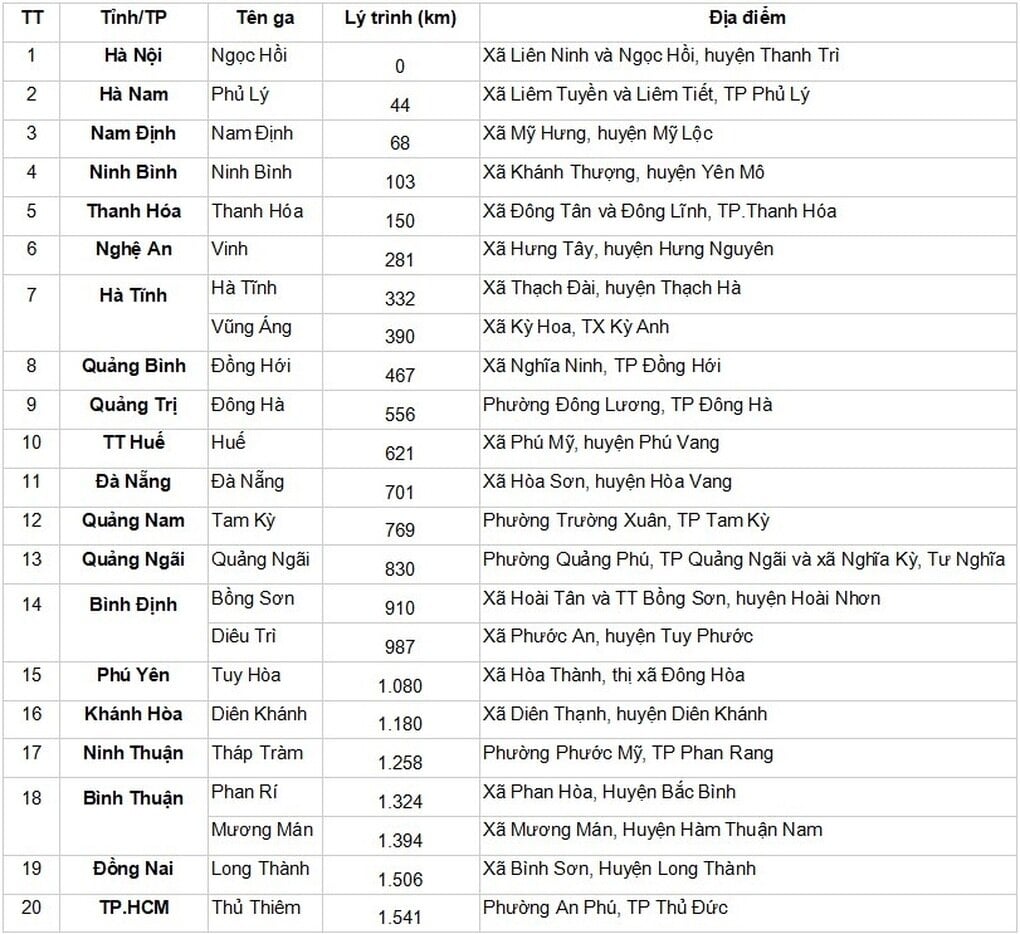
Not only stopping at the story of breaking the old way of thinking, many people believe that not placing stations in big city centers is also a solution to help reduce the population burden for urban areas. Reader Tran Binh wrote: “High-speed railways should go as straight as possible, avoiding the inner city. Hanoi still has to go down to Thuong Tin (old Ha Tay), so it is acceptable for people in Nam Dinh city to go through Ha Nam or districts near the high-speed railway line, avoiding the inner city causing congestion for Nam Dinh city”.
“It is not necessary to go around Nam Dinh City, because the road infrastructure connecting to the station is important. Of course, priority should be given to the provincial centers, but investment costs and operating functions must be balanced. From Nam Dinh City to the direct route is not too far, it is possible to connect and expand the existing road,” said Mr. Nam Nguyen .
From a mechanical and technical perspective, reader Trai Nguyen believes that placing Nam Dinh station is not a good solution to the problem of maintaining the longevity of the train system. This person analyzed: “The maximum speed of the train is 350km/h, the average operating speed is about 300km/h, which means after 10 minutes it has run at least 50km. Designing each station 70-80km apart is not feasible because no machine increases or decreases continuously like that. If running like that, it will consume energy and reduce the life of the equipment very quickly. The idea of a station in each province is unrealistic and unfeasible, so it should be re-studied.”
“In the early 20th century, the French turned the railway to Nam Dinh because Nam Dinh was then the third largest city in the North, after Hanoi and Hai Phong, and also the largest textile industrial center in Indochina. Now, why not make the Phu Ly - Ninh Binh route straight, making the system both straight and shortening the distance. Nam Dinh city today is no longer a bustling urban area in the North as before, its economic potential, regional transportation, especially international tourism cannot compare to Ninh Binh. Moreover, there is already a Nam Dinh - Hai Phong high-speed railway project, from Nam Dinh to Ninh Binh is not that far”, Mr. Tran Thien Tung commented from a historical perspective.
“Building Nam Dinh station reduces population burden for Hanoi”
On the other hand, a series of arguments were also put forward to support the view that the high-speed railway station should be located in Nam Dinh. Mr. Vu Xuan Khoa expressed his opinion: “Those who oppose Nam Dinh station probably have never been to Nam Dinh, so they only have a very small perspective that the railway is about 15-20 km longer than going straight from Phu Ly to Ninh Binh, while Nam Dinh station is the center of the Nam Dinh, Thai Binh, and Nam Ha Nam regions with a very large population, about 4 million people.
People from these provinces travel far to work, while the North-South train line is a passenger train, of course it needs to pass through crowded places. Going straight, saving about 15-20 km out of a total of 1,540 km is too small a cost, saving too little time compared to the economic benefits it brings.
Referring to the population and population density problem, reader Chinh Pham Van wrote: “ First, not all customers go from Hanoi to Saigon, there will be many passengers going from Hanoi to Nam Dinh and Thai Binh. Second, building a high-speed railway is intended to disperse the population, people living in Thai Binh and Nam Dinh will no longer buy houses in Hanoi but will work in their home province, only coming to Hanoi for important matters. This will distribute the population more evenly. Third, the Thai Binh and Nam Dinh regions have never had a highway connecting to Hanoi, nor a railway, if we wait for two more connecting routes, then how long will we have to wait?”
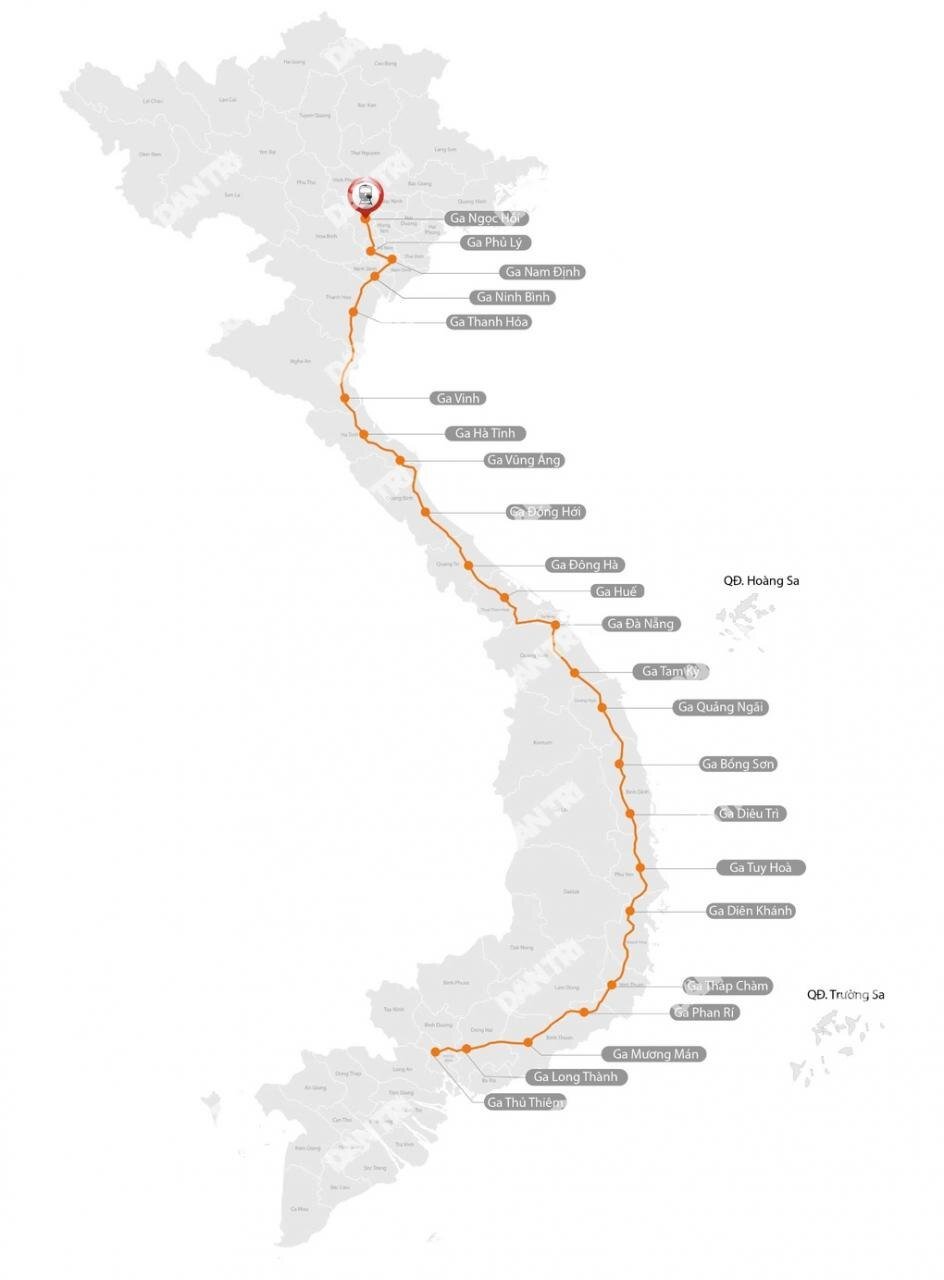
Sharing the same view, reader Dang Tien Hung analyzed: “You are very wrong when you do not consider the option of industrial parks near the capital, including Nam Dinh. This is a locality that is rapidly developing industrial parks, if the transportation system is not developed well, the economic development opportunities of the whole region will be reduced. Those who want to go straight can take a plane, the rest we have to calculate the whole to suit the economic development of the region, supporting the population dispersion for the capital. With this high-speed railway, Nam Dinh will shoulder some of the population for Hanoi, many people work in Hanoi but still live in Nam Dinh”.
As for Mr. Pham The Dung, this person thinks that placing a railway station in Nam Dinh is necessary, but it can be placed in other districts to facilitate the development of the transportation system as well as economic trade.
“It is still possible to go through Nam Dinh, but it can be extended to Vu Ban, which borders Ninh Binh, to make it more direct. Why do we have to try to go around the city? We need a long-term vision. We should not cram everything into the city but push it out to satellite cities. Similar to the lesson in Jakarta (Indonesia), when the city is too crowded, it is impossible to plan, leading to the need to move the capital.
Of course, Nam Dinh cannot be compared like that, but the long-term vision requires even development in all regions. Nam Dinh station will be kept, and later it will be located on the Ninh Binh - Quang Ninh railway line. Thus, from Nam Dinh city, Thai Binh can still connect to the national high-speed railway," this reader analyzed.










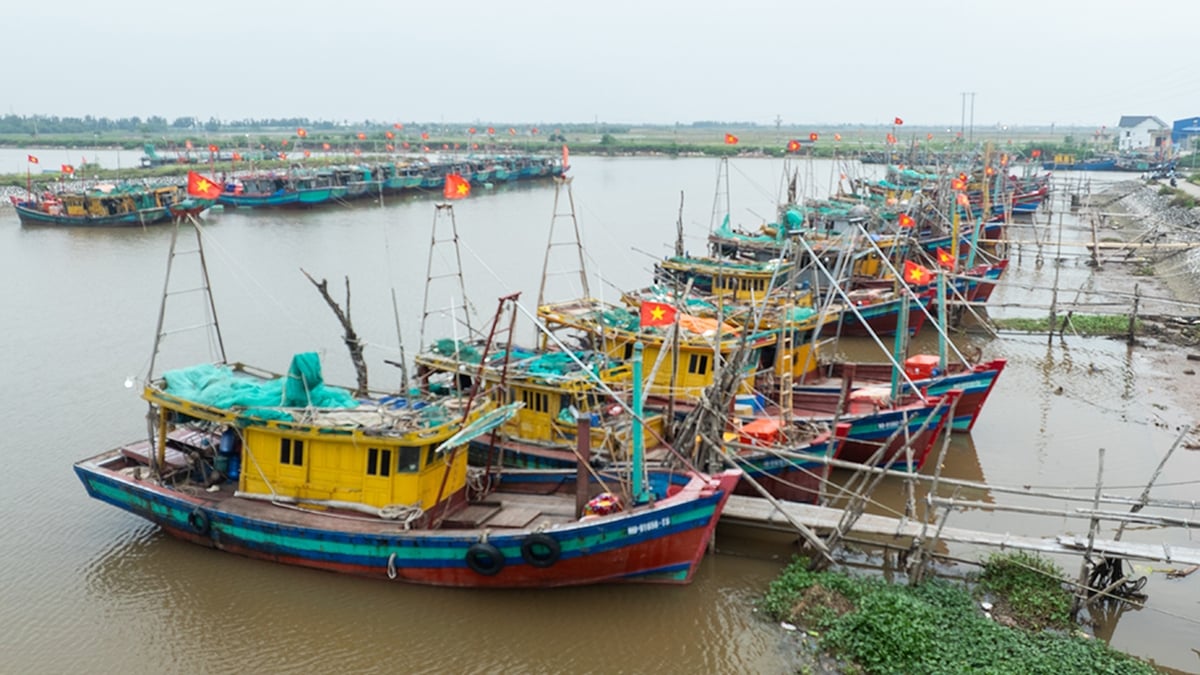
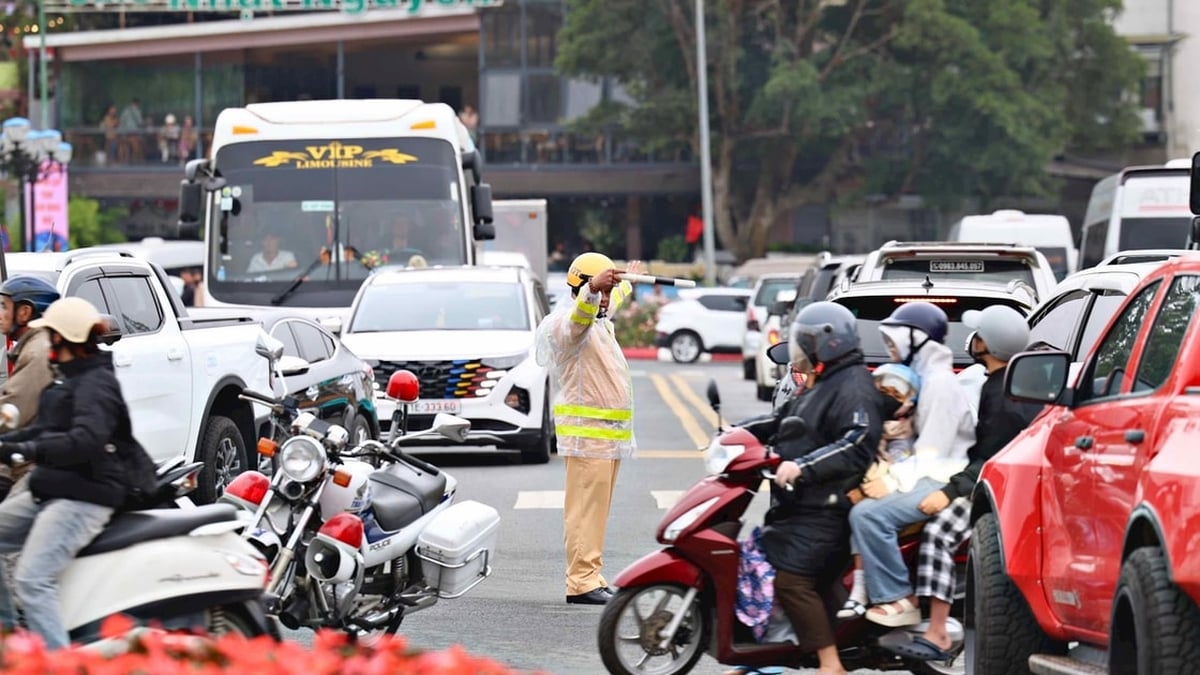













![[Photo] National Assembly Chairman Tran Thanh Man visits Vietnamese Heroic Mother Ta Thi Tran](https://vphoto.vietnam.vn/thumb/1200x675/vietnam/resource/IMAGE/2025/7/20/765c0bd057dd44ad83ab89fe0255b783)








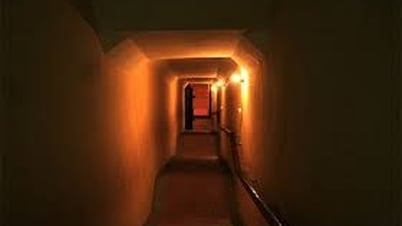

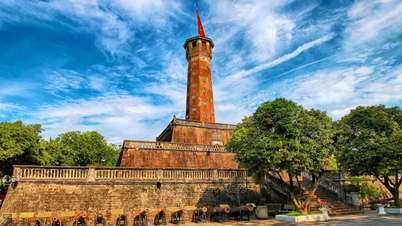

























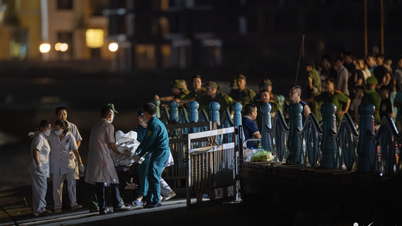


































Comment (0)